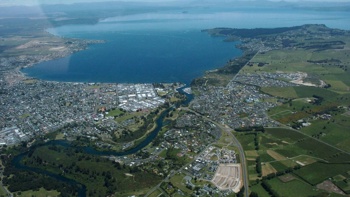
The Green Party wants a moratorium on new dairy farms and say it's time to start thinking about ways to reduce the number of cows in paddocks.
They're reacting to an official report, released on Thursday, which said rivers and streams were under increasing pressure because of land use.
"Even Minister for Primary Industries Nathan Guy has admitted that there's no room for more cows because of the impact they have on our rivers, lakes and aquifers," primary industries spokeswoman Eugenie Sage said.
"We can do something about it - we can diversify and focus on more arable crops, horticulture, forestry and adding value rather than increasing milk production.
"We can start with a moratorium on new dairy farms, looking at how we can farm with fewer animals on the land, and by instituting a scheme like Ireland's Origin Green scheme, where sustainably produced products attract a premium."
The report, Our Fresh Water 2017, was prepared by the Ministry for the Environment and Stats NZ.
It measures the quality of waterways; water quantity and flows and biodiversity in rivers and lakes.
Key findings included:
* Nitrogen levels are getting worse at 55 per cent and better at 28 per cent of monitored river sites across New Zealand
* Phosphorus levels are getting better at 42 per cent and worse at 25 per cent of monitored river sites across New Zealand
* Of the 39 native fish species reported on, 72 per cent are either threatened with or at risk of extinction
* E.coli levels are 22 times higher in urban areas and 9.5 times higher in pastoral rivers compared with rivers in native forest areas
* 51 per cent of water allocated for consumptive use is for irrigation, and 65 per cent of that is allocated to Canterbury.
Take your Radio, Podcasts and Music with you









